“The biggest strategic issue for Japan and the United States is deterring an emergency in Taiwan.”. The alliance between Japan and the United States is being tested as China’s expansionist activities in the seas and airspace increase. Prime Minister Suga, who officially entered the White House for the first time since the inauguration of the Biden administration, made a successful visit to the United States in April, following the scenario of working-level officials. Takeo Akiba, vice minister for foreign affairs, and Kurt Campbell, coordinator for national security and the Indo-Pacific region, played a key role. The Japan-U.S. joint statement, which clearly states that Japan will strengthen its own defense capabilities and the Taiwan Strait, was compiled under the leadership of Japan and was highly praised by the Japan-U.S. diplomatic and security community. But still in the rhetoric stage. The true value of the Japan-U.S. alliance will be put to the test in order to face China’s authoritarian regime.
The Suga visit drew global attention to the first face-to-face meeting between foreign leaders and President Joe Biden, who took office in January. Therefore, careful preparation is essential. Prime Minister Suga Yoshihide couldn’t hide his nervousness.
Shortly before 11 AM on March 29, at the 1st House of Representatives building, Prime Minister Suga visited former Prime Minister Shinzo Abe at his office and met for about 50 minutes. The meeting was held to seek advice from Abe, who has made diplomacy a key pillar of his administration’s stability ahead of his U.S. visit in April. Relations with the United States, the cornerstone of Japan’s foreign policy, have been the most diligent bilateral relations ever since the end of World War II. The stability of the administration base will be determined directly or indirectly depending on whether it can build a good relationship with the United States. That’s something Suga was fully aware of.
The two leaders met for the 10 first time since October last year, when they were scheduled to travel to Southeast Asia for the first time. The importance of diplomacy with the United States was directly reflected in the talks.
The main theme of the meeting with Abe was the Taiwan issue, which will be the most sensitive issue in the Japan-U.S. summit meeting and the joint statement to show the results of the meeting both at home and abroad. Since the issue is directly linked to the relationship with China, the course of the summit talks and how it will be described in the joint statement have a lot to do with the future of Suga’s diplomacy with the United States.
In the joint statement released on March 16, the fastest-ever meeting between Japanese and U.S. foreign and defense ministers since the inauguration of the new administration, it was clearly stated that “the importance of peace and stability in the Taiwan Strait was emphasized.”. If the issue of “Taiwan” is mentioned in this joint statement, it will be the first time in almost half a century since the joint statement by Eisaku Sato and Nixon in 1969, and the significance of Japan’s diplomacy toward China will be dramatically different.
A source close to the Ministry of Foreign Affairs said, “In discussions within the Foreign Ministry, there was a split between cautious and positive views.”. Whether to explicitly state the “Taiwan Strait” in a straightforward manner, or to indirectly state that Japan fully supports the “two-plus-two Joint Document” without explicitly stating it, Akiba asked the prime minister to make a decision on where to place the “solution” to the complex multidimensional equations surrounding China, Taiwan, and the United States, along with background information. The Suga-Abe meeting was based on this. But Akiba, who maintains close contact with Abe, seems to have been anticipating Suga’s decision. For Akiba, it was natural for Abe to advise him to clearly define the Taiwan Strait.
One of the highlights of the Japan-U.S. joint statement is that the two leaders clearly expressed their intention to take the initiative in expanding military equipment and strengthening defense capabilities, saying, “Japan resolved to strengthen its own defence capabilities to further strengthen the security of the Alliance and the region”.
In a joint statement issued by Abe and Trump in 2017, the two leaders only stated that “Japan will fulfill a greater role and responsibility in the alliance.”. Compared to the (“Japan was determined to strengthen its national defense and improve its capabilities to further strengthen the U.S.-Japan alliance”) joint announcement of the “2 + 2” in March, the statement had a broader meaning. In other words, Japan’s announcement of its determination to strengthen its defense capabilities, including in the area of regional security, is undoubtedly aimed at strengthening its commitment to the Japan-U.S. alliance and, in the overall context, at the Taiwan Strait. In this regard, the United States reaffirmed “extended deterrence” as an unwavering symbol of Japan’s defense, and the application of Article 5 of the Japan-U.S. Security Treaty to the Senkaku Islands.
The second point that attracted attention was the reference to Taiwan itself, which has drawn increasing attention in relation to China’s maritime advance. In the statement, the two countries said they oppose China’s expansion in the western Pacific: (1) any unilateral action that seeks to undermine Japan’s administration of the Senkaku Islands; (2) any unilateral attempt to change the status quo in the East China Sea; and (3) China’s claims and activities regarding illegal maritime rights and interests in the South China Sea. “The importance of peace and stability in the Taiwan Strait,” he said.
At the beginning of April, media outlets began reporting that the Taiwan issue would be clearly mentioned in the joint statement issued by the leaders of the two countries, prompting China to urge China not to mention the Taiwan issue. China’s ambassador, Kong Xuanyou, took the lead in lobbying Liberal Democratic Party Secretary General Toshihiro Nikai, who is said to be pro-China or pro-China, Natsuo Yamaguchi, leader of New Komeito, which has emphasized the importance of China since taking part in the restoration of diplomatic relations between Japan and China, and Yasuo Fukuda (former prime minister), who maintains a conciliatory stance toward China, but the Japanese side remained steadfast in mentioning the Taiwan issue.
It seems to be true that Suga hesitated for a while because of its relationship with the pro-China faction, Nikai, which supports the foundation of the administration, and with New Komeito, which is a partner of the ruling party, but in the end, they made the final decision following Abe’s advice.
How did China react? The Global Times of the People’s Daily, the official newspaper of the CPC, and a spokesperson of the Ministry of Foreign Affairs and Trade (MOFAT) criticized Japan in a defiant manner with intimidation as usual, but there was no criticism of naming Japan from the center of power and they responded with restraint. In his speech at the opening ceremony of the Boao Asia Forum, Chinese President Xi Jinping did not make any clear reference to the Japan-US Joint Communique, saying only, “it is untenable to dictate and interfere in domestic affairs”.
The progress of Suga’s recent visit to the United States shows a significant difference from that of the United States during the Trump era. First and foremost, Biden’s foreign policy emphasizes alliances. In line with this policy, Japan has been positioned as the cornerstone of the Indo-Pacific strategy, which will be the main battleground for the upcoming major power game. As a result, it became clear that the Biden administration would shift from the unpredictable top-down approach of the Trump era to the accumulation of working-level officials.
The key figure is Akiba of the Vice Minister of Foreign Affairs. Akiba is one of the few bureaucrats in Kasumigaseki who is relied on by Prime Minister Suga, who has little diplomatic experience. As of April 16, he held the office for 1184 days, making him the highest-ranking foreign minister in the postwar era, surpassing Nobuhiko Ushiba, who served as vice foreign minister in the Sato Cabinet. Though he was given important posts under the Abe administration, he increased his presence under the Suga administration, which was forced to place importance on Ministry of Foreign Affairs.
Akiba entered the Ministry of Justice in 1982 after graduating from the University of Tokyo. After serving as Executive Secretary to Yutaka KAWASHIMA (who later became the Grand Chamberlain of Emperor Akihito) and as Director of the Chugoku and Mongolia Division, he served as Deputy Director-General of the North America and Asian and Oceanian Affairs Bureau, Director-General of the International Law Bureau, Director-General of the Comprehensive Foreign Policy Bureau, and Deputy Minister of Foreign Affairs (in charge of political affairs) before assuming the post of Administrative Vice-Minister in January 18. He is strong in international law, which is a weapon for diplomats, and he is also good at making all-round foreign policies. In addition to his wide range of personal connections, he is an influential diplomat who is known both inside and outside the country, and who is bold and thorough in conducting negotiations behind the scenes. After the next lower house election, he is likely to be promoted to head the National Security Agency.
After the two-plus-two meeting, Akiba held a brief meeting with Prime Minister Suga for about an hour on March 23. As of April 15, the day before the Japan-U.S. summit meeting, the two leaders had held talks 3 times, 5 times with Takeyoshi Mori, deputy director-general of the Foreign Ministry’s Political Bureau, and Keiichi Ichikawa, director-general of the North American Affairs Bureau, who were accompanying them to the United States, and more than 10 times, including talks with Prime Minister Shigeru Kitamura, director-general of the Japanese National Security Bureau.
In addition to Akiba, Mori, the most likely candidate for the next administrative vice minister, has a long relationship with Suga, who was a member of the Yokohama Municipal Assembly as a young Ministry of Foreign Affairs member. Ichikawa worked for Suga as secretary to the chief cabinet secretary and managed the visit to the U.S. two years ago as minister in charge of political affairs at the U.S. Embassy.
On the other hand, what about the U.S. side? In March, two “two-plus-two” meetings were held in Japan and South Korea, respectively. On his way home from the meetings, Secretary of State Brinken stopped in Anchorage, Alaska, and joined National Security Advisor Sullivan. The two leaders held top-level consultations with China’s Politburo members, Yang Jiechi, and Wang Yi. In this series of actions, it became clear that Brinken and Sullivan would play a central role in Biden’s diplomacy. However, during the Japan-U.S. summit, the first phase of Biden’s face-to-face diplomacy, Campbell, Director for Indo-Pacific Affairs at the National Security Council, took the lead.
Luckily for Suga at the start of its foreign policy toward the United States, Japanese Ambassador to the United States Koji Tomita, who took up his post in January, and Campbell (assistant secretary of state for East Asian and Pacific affairs during the first Obama administration) had known each other since they were ministers to the United States.
Shortly after the formation of Biden’s diplomatic lineup was finalized, Tomita met with Campbell and pleaded with him. “The first face-to-face diplomacy must be with Prime Minister Suga of Japan.”. Campbell, who had been waiting for his turn, moved quickly. A senior Ministry of Foreign Affairs official said, “We even got an appointment with the president in no time. ”. Suga’s visit to the U.S. in April was so easy that the Japanese side was taken aback. Sure, on the “9th,” which was originally envisioned, there was an incident where the coronavirus response team, which has the strongest authority at the moment, was challenged and postponed for a week. However, for Suga, it also had the benefit of being able to narrow down and discuss with Akiba, Mori, Ichikawa and others on the assumption of a summit meeting.
However, the one-week delay was unexpected. Campbell came to Japan in an unexpected way. Campbell also had a meeting with Foreign Minister Motegi, but the Japanese side even ordered a gag on Campbell’s visit to Japan, and the truth is still unknown as to what was discussed.
However, some observers say that the United States has asked Japan to step up efforts to resolve the Taiwan issue. For example, the United States has established the Taiwan Relations Act, which stipulates that although the United States cannot defend Taiwan by concluding a treaty because Taiwan is not a state, it can provide Taiwan with weapons in case of a change in the status quo by force or a situation contrary to Taiwan’s will.
Campbell is said to have expressed his intention to ask Japan to revise the law, following the example of the United States. Ministry of Foreign Affairs objected and, for the time being, calmed down, but sources close to the prime minister remain displeased with Campbell’s move. Campbell’s move seems to be a stand-up play that he made during his time as assistant secretary of state, and there is still concern that Campbell, who is well-versed in Japanese diplomacy, will become an even more difficult figure when he comes to concrete proposals for strengthening alliances based on the joint statement.
In Japan, anti-China lawmakers are calling for the establishment of a Japanese version of the Taiwan Relations Act. For this reason, there are those who are considering revising the Constitution as a whole, and it is possible that the issue of Taiwan will be brought up again in the run-up to the next “two-plus-two” meeting scheduled for later this year.
As the Taiwan crisis continues to be whispered, the issue of Xi Jinping’s third term election at the Chinese Communist Party’s congress next fall is being discussed. The hidden question is whether Xi Jinping can surpass Mao Zedong.
Given that tensions between the United States and China have become the norm in the 21 century, the worst-case scenario of an emergency in Taiwan can be imagined. If Xi Jinping wins a third term at the party convention next fall, some predict he will invade Taiwan by 2027, the end of his third term.
Xi Jinping, who with Hu Jintao broke the chain of succession of candidates that Deng Xiaoping had been looking at as the number one in the ranks of the Communist Party, completely scrapped the external policy of “hide one’s talent and build strength inside” and shifted to an aggressive external expansion policy, with a view to surpassing Mao Zedong in the third term. For this to happen, the unification of Taiwan as a historical legacy will be the landing point, but an armed invasion will still entail difficulties. As of 27, the United States is unlikely to move ahead with its military superiority. That’s why China has set its sights on hybrid warfare, which has taken off in recent years.
Hybrid war refers to a war in which all elements of society, such as politics, economy, religion, culture, psychology, thought, history, and mass media, are viewed as weapons. Against the backdrop of an international situation in which globalization has permeated, not only regular and irregular wars, but also international terrorism, cyber warfare, information and intelligence warfare, psychological warfare, and legal warfare will be combined to achieve strategic objectives.
This brings to mind, for example, the occupation of a remote island controlled by Taiwan. In particular, some military experts point to the occupation of Kinmen and Matsu Islands, which are close to the mainland, or the Pacific Island in the South China Sea. If China were to take over the islands, the U.S. military would not be able to respond immediately, and it would take time for the U.S. military to respond. In addition, Americans may ask, “Do you shed the blood of American youths for such an island?”. There is also a view that Xi Jinping, who is aiming to go beyond Mao Zedong, may be caught up in the temptation of such a strategy with gambling factors. How does China evaluate U.S. public opinion and its alliance with Japan?
“An emergency in Taiwan is an emergency in Japan.”. Nobukatsu Kanehara (Visiting Professor, Doshisha University), a former Assistant Chief Cabinet Secretary who supported Abe’s strategic diplomacy, summed up the message of the Suga Biden Japan-US summit meeting and the joint statement as follows. If an emergency occurs in Taiwan, which is only about 100 kilometers away from Yonaguni Island, the Senkaku islands in the East China Sea could trigger an emergency in Japan. Japan, the United States, Australia and India, as well as European powers such as Germany, France and the United Kingdom, are currently engaged in in-depth discussions on how Japan should be involved in deterring an emergency in Taiwan, seeking a solution to the multidimensional equation of the new power game.
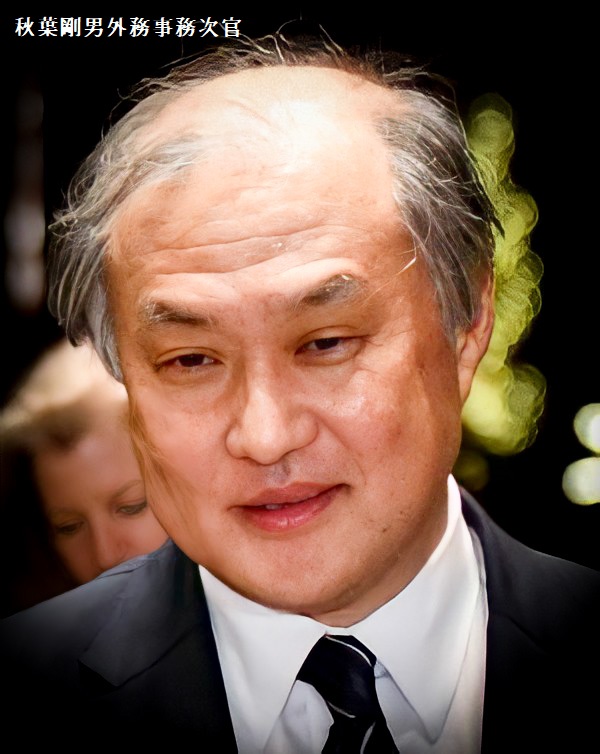
Based on the article by Koushi Takayasu, June issue of the FACTA magazine

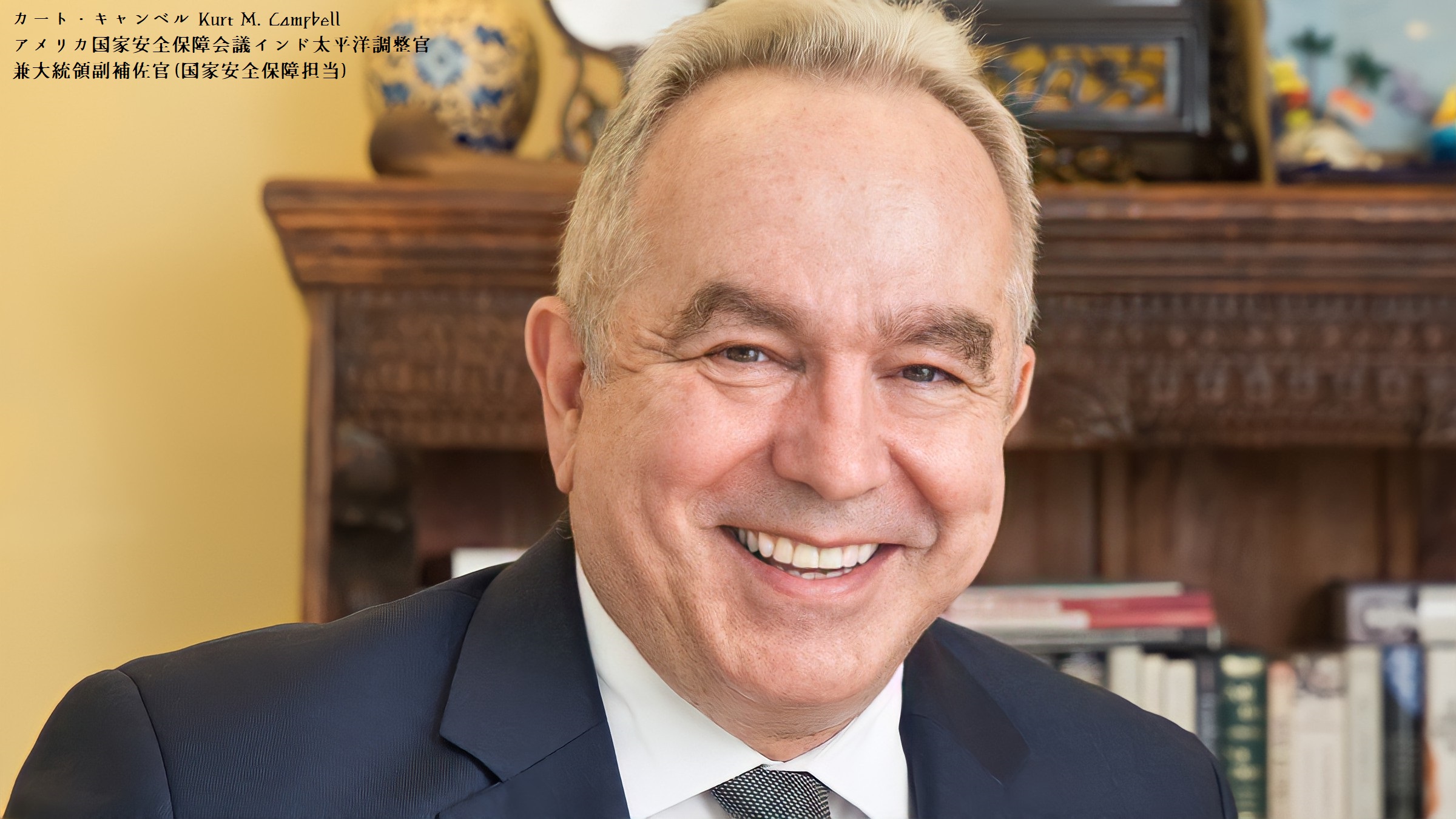
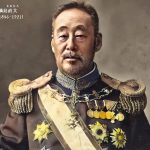

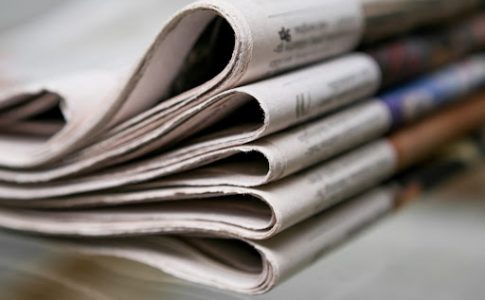
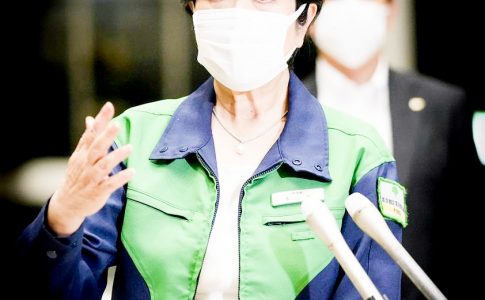
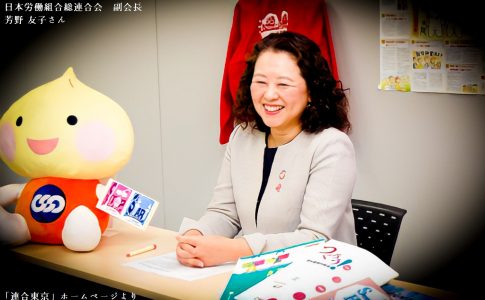

Leave a Reply